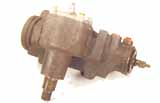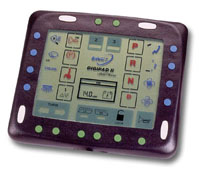Practice practice practice:
- To boost your confidence, drive to the end of the block and back or around an empty parking lot, then gradually go for longer drives.
- Ask someone to accompany you if that helps you relax.
Patience:
- Don’t start driving if you’re not calm and collected. Sit in the car and take deep breaths until you attain peace of mind and only then start the car and drive away.
- Yoga classes may help you become a more focused, calm and less distracted driver.
- If you get lost or experience panic, pull over until you calm down. Take as much time as you need. If you have a cell phone, call for directions.
Never get lost!
- A Global Positioning System (GPS) may lessen the fear of getting lost.
- No GPS? Print out the map directions from the Internet for those places you go frequently and keep them in the glove box.
Therapy:
Simple solutions to physical problems may help the mental and emotional pangs. For example, a spinner knob on the steering wheel allows accurate one-handed steering; hand controls replace feet for acceleration or braking—whatever the problem, there are solutions.
Occupational Therapists and Driver Rehabilitation Specialists can help. You can get a behind-the-wheel evaluation and recommendations for adaptive driving aids to help overcome many physical drawbacks. Whether the problem is muscle weakness, spasms or something else, therapists can address them.


